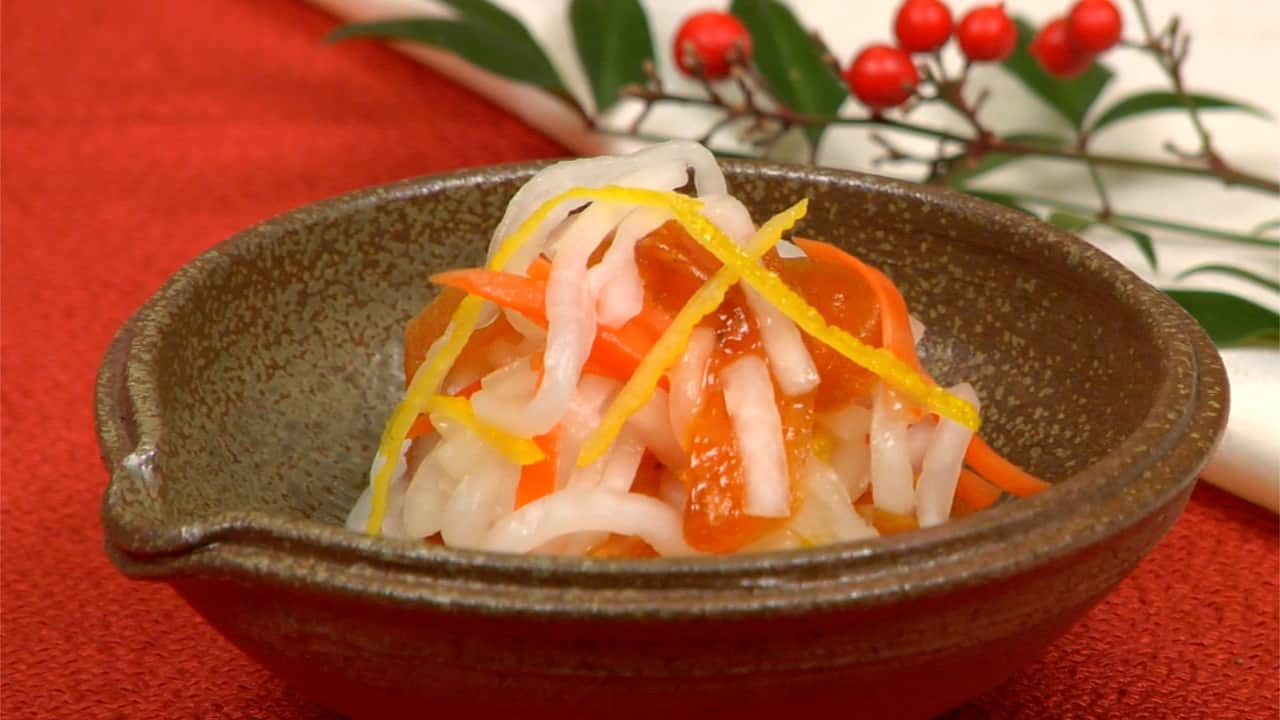Green Pudding of Sweet Herbs – A Tudor Boiled Pudding from The Accomplisht Cook (1660)
Editor’s Note: As autumn turns to feast season, the next several posts on Give It Forth explore a different kind of Thanksgiving table — one inspired not by Pilgrims and pumpkins, but by the kitchens of Tudor and Stuart England. These 16th- and 17th-century dishes, drawn from sources like Robert May’s The Accomplisht Cook (1660), showcase the foods and flavors that would have graced a festive English winter board. Presented here in modern form, each recipe offers a way to bring history to an American Thanksgiving — blending Old World elegance with New World abundance.
Historical Note: The Tudors and Stuarts did not celebrate Thanksgiving as we do in America today. This series simply imagines how dishes from their winter feasts — roasts, “made dishes,” puddings, and spiced pies — might have found their way, in spirit and flavor, to the modern table. It’s a chance to explore the shared themes of gratitude, abundance, and seasonal celebration across centuries.

On a Tudor or early Stuart winter table, not every “pudding” was sweet. Many were savoury, herbal, and vividly green — rich with cream and egg yolks, scented with mace and nutmeg, and studded with currants and dates. Robert May’s “green boil’d Pudding of sweet Herbs” is one of these: a bread-and-cream pudding colored with spinach juice and flavored with a whole garden of herbs.
He tells us that these puddings are “excellent for stuffings of roast or boil’d Poultrey, Kid, Lamb, or Turkey, Veal, or Breasts of Mutton.” In other words, they could be served in slices as a side dish, or used as a rich, herbal forcemeat filling for meat and fowl.
The Original: A Green Boil’d Pudding of Sweet Herbs
To make a green boil’d Pudding of sweet Herbs.
Take and steep a penny white loaf in a quart of cream and only eight yolks of eggs, some currans, sugar, cloves, beaten mace, dates, juyce of spinage, saffron, cinamon, nutmeg, sweet marjoram, tyme, savory, peniroyal minced very small, and some salt, boil it in beef-suet, marrow, (or none.) These puddings are excellent for stuffings of roast or boil’d Poultrey, Kid, Lamb, or Turkey, Veal, or Breasts of Mutton.
This short paragraph carries a great deal of information: it tells us the base (bread and cream), the enrichment (egg yolks, suet, marrow), the “green” element (spinach juice and herbs), the seasoning (currants, dates, sugar, spices), and the preferred cooking method (boiled as a pudding, then served or used as stuffing).
In the 16th and 17th centuries, many puddings were cooked not in tins, but in cloth. The mixture was poured into a floured or buttered linen or canvas pudding cloth, tied securely, and boiled in a pot of water or broth until set. Afterward, the pudding was turned out, sometimes browned before the fire, and served in slices. The same method works for both sweet and savoury puddings.
Penny white loaf: A small, fine white bread, roughly similar to a modern small boule or 250–300 g of white sandwich bread (without the crusts).
Juyce of spinage: Spinach juice — spinach leaves pounded or blended, then squeezed to extract a vivid green juice used to color and flavor the pudding.
Peniroyal (pennyroyal): A strongly flavored mint family herb. Because modern pennyroyal is not considered food-safe, we omit it here and rely on marjoram, thyme, and savory instead.






